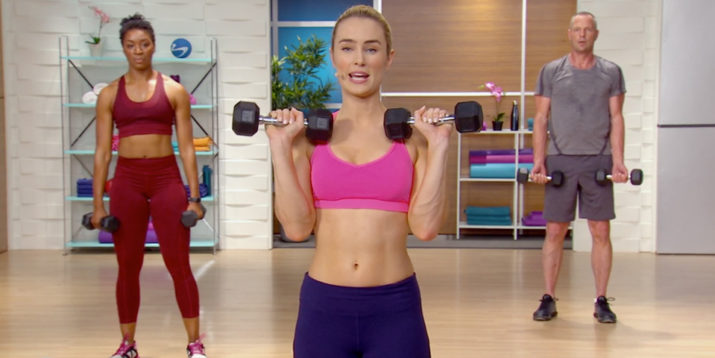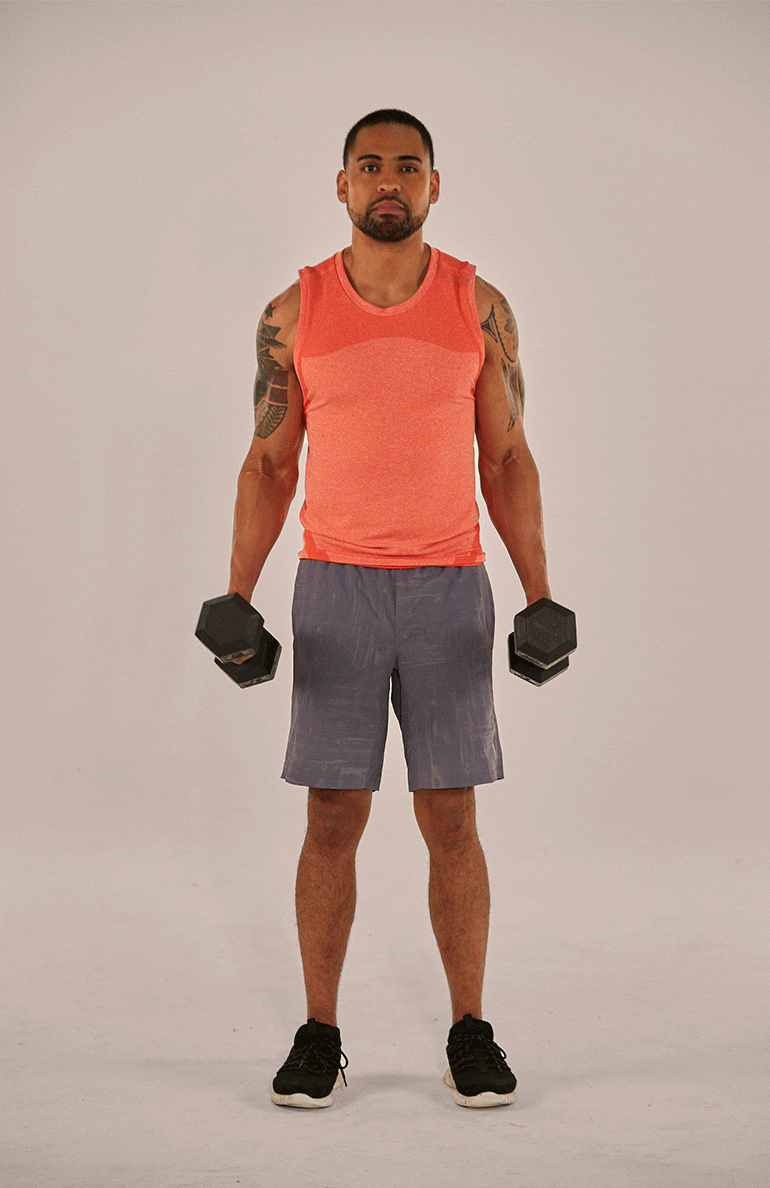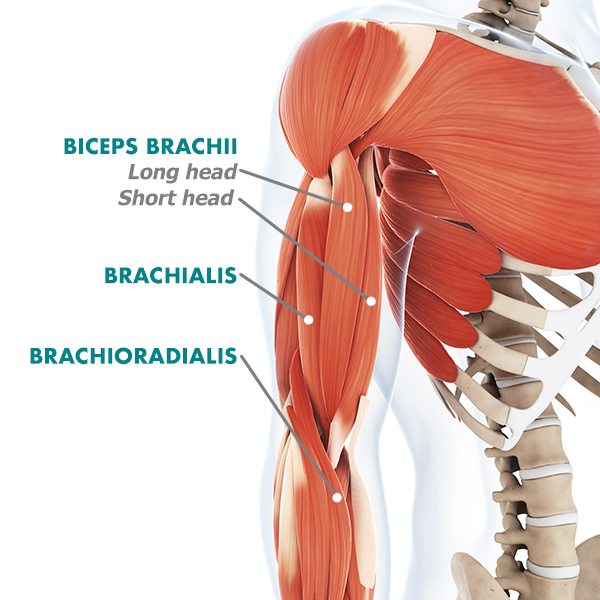How to Do the Zottman Curl for Amazing Arms (VIDEO)

Chances are you do the biceps curl for one main reason: to build a head-turning pair of guns. But if you’re going to have buff upper arms, you should try to match them with complimentary lower arms. That’s where the Zottman curl comes in.
“The Zottman curl is one of the best exercises for working your forearms,” says Trevor Thieme, C.S.C.S.
In addition to hitting the biceps brachii (the muscles that create the enviable bulge in your upper arm), the Zottman curl also emphasizes the brachioradialis, a key muscle in your forearm.
How does one move do all this? Unlike a regular biceps curl, the Zottman curl requires you to flip your grip at the top of the movement, switching from a standard curl to a reverse curl.
This is where the move gets its forearm-building power, and how it allows you to really hit two major muscle groups for the price of one exercise.
Here’s how to do the Zottman curl with proper form, and how it can take your weight training to the next level.
Zottman Curl: Step-by-Step Instructions
Appears in: Clean Week >> Strength
- Stand tall holding a dumbbell in each hand at arm’s length by your sides, palms facing forward (underhand grip).
- Keeping your elbows tucked and locked by your sides, curl the weights toward your shoulders.
- Flip your grip 180 degrees (to overhand), lower the weights back down to your sides, and then flip your grip again (to underhand) to return to the starting position.
How to Make the Zottman Curl Harder or Easier
To change the difficulty of this move, all you need to do is adjust two factors: weight and speed.
Weight
If you want to make the Zottman curl easier, use lighter weights. If you want to make it harder, use heavier weights. When you’re deciding how much weight to use, the number one thing you should keep in mind is proper form.
“Your hands and forearms are the only parts of your body that should move,” Thieme says, adding that your elbows should remain tucked by your sides. “As with any exercise, use the heaviest weight that allows you to complete all of your reps and sets with perfect form.”
Speed
Another way to make the Zottman curl harder is by slowing down the eccentric (lowering) portion of the lift. By doing this, you’re increasing time under tension, a key element of muscle growth, thus making your muscles do more work.
A good tempo to aim for is a one-second concentric (lifting) phase and a two- to three-second eccentric phase.
Benefits of the Zottman Curl

The Zottman curl gives you all of the upper arm building power of the biceps curl and all of the forearm building power of the reverse curl in a single move — think of it as a two-for-one special.
And in this case, all of that building makes you better at lifting. Everything.
So whether you’re trying to hoist a couple of bags of groceries with one arm or squeeze out an extra rep of the pull-up with perfect form, you’ll be glad you added the Zottman curl to your routine.
Muscles Worked by the Zottman Curl
While the biceps curl focuses your biceps brachii and the reverse curl focuses on your brachioradialis, the Zottman curl focuses on both.

Biceps
Your biceps brachii are located on the front of the upper arm. It has two heads – one long and one short – that work together to flex the arm at the elbow. Your biceps also help you rotate your forearm outward.
Located below the biceps is the brachialis muscle. It’s also responsible for curling your arm up, and it adds shape and definition to your upper arms.
While this muscle is smaller than the biceps brachii, it’s actually the more powerful of the two when it comes to elbow flexion thanks to its proximity to the elbow.
Forearms
As for the forearm, the main muscle here is the brachioradialis, which runs from the bottom of your upper arm to the bottom of your forearm.
It’s primary function is elbow flexion, just like every other muscle targeted by any type of curl (including the Zottman curl). But it also helps with supination and pronation, rotating the forearm inward and outward.
Zottman Curl Variations and Alternatives
Here are some variations of the Zottman curl and other exercises that target similar muscles.
1. Zottman curl to high pull
- Stand tall holding a dumbbell in each hand by your sides at arm’s length, palms facing in (neutral grip).
- Keeping your chest up and elbows locked at your sides, curl the weights to your shoulders, rotating them outwardly so your palms face toward you at the top of the movement (underhand grip).
- Flip your grip 180 degrees (to overhand), lower the weights back down to your thighs, and then push your hips back and hinge forward slightly at your waist like the descent on a deadlift, keeping the weights within an inch or two of your legs.
- Keeping your back flat and core engaged, rise to standing as you quickly snatch the weight upward in front of your torso until your elbows reach shoulder height.
- Gently lower the weights back to the starting position.
2. Hammer curl
- Stand holding a pair of dumbbells at arms length by your sides with your palms facing inward.
- Keeping your elbows tucked, your upper arms locked in place (only your hands and forearms should move), and your palms facing each other, curl the dumbbells as close to your shoulders as you can without swinging them up or moving your torso back.
- Pause, and then slowly lower the weights back to the starting position. Repeat for reps.
3. Hammer concentration curl
- Sit in a chair with your feet flat, your knees spread wide, and a dumbbell in your right hand.
- Bend forward and brace the back of your right elbow against the inside of your right knee. Your right arm should be vertical, with your right palm facing toward you.
- Keeping your upper body still, your elbow against your knee, and your palm facing inward, curl the weight toward your shoulder.
- Pause and then reverse the movement to return to the starting position.
- Do all of your reps, switch sides, and repeat, performing an equal number of reps with each arm.
